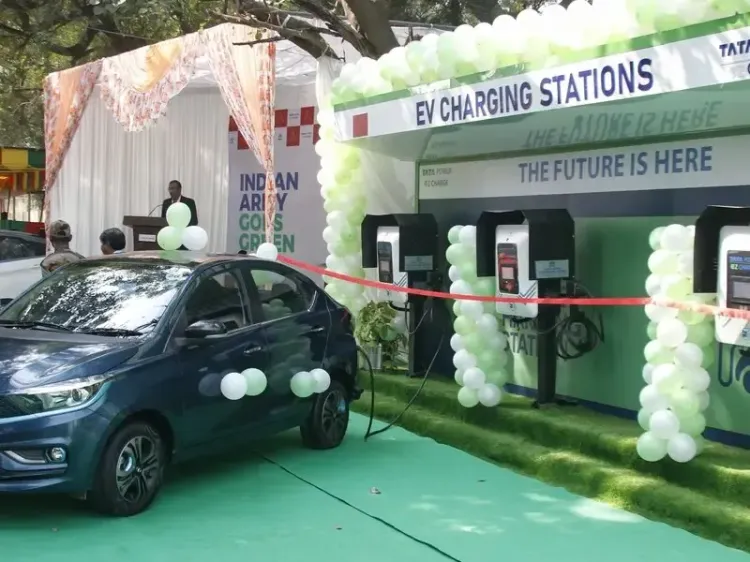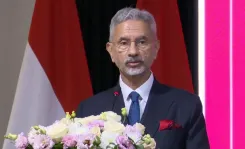Is Chandigarh Leading the Charge in EV Infrastructure with a 1% Fleet Share Growth?

Synopsis
Key Takeaways
- Chandigarh leads Indian cities in EV infrastructure.
- 1% increase in fleet share reflects growing adoption.
- Karnataka and Goa are also making strides in EV development.
- Infrastructure investment is crucial for future growth.
- Government initiatives support EV adoption across various segments.
New Delhi, Nov 19 (NationPress) Chandigarh has successfully maintained its top position among Indian cities in the realm of EV infrastructure, witnessing a notable 1% growth in fleet share. This success is bolstered by ongoing policy support for four-wheeler electric vehicles and the installation of chargers, according to a report released on Wednesday.
The EV index published by mapping and location data firm HERE Technologies in collaboration with global automotive research entity SBD Automotive reveals that Karnataka has improved its ranking to second place from fourth, thanks to its charger-per-BEV score, despite a minor decline in charger availability.
Goa has ascended to third place, boasting the highest BEV fleet share in the nation, while Delhi remains the leader in charger density, with an estimated one public charger available for every 9 kilometers of roadway.
India has introduced 6,800 new public charge points between 2024 and 2025, although the average charger power has remained stagnant at 33 kW. The BEV-to-charger ratio has escalated from 12:1 in 2024 to 20:1 in 2025, indicating that the adoption of BEVs is outpacing the growth of public charging stations.
While the trend of increasing BEVs per charger is not unusual in developing markets, the pace of change in the Indian BEV sector is deemed too swift for the current infrastructure, the report emphasizes, highlighting the urgent need for sustained investment in charging networks.
Approximately 49% of surveyed Indians anticipate that over half of all vehicles sold by 2030 will be electric. Additionally, 73% of EV owners reported experiencing a failed charging attempt.
In terms of demographics, the average age of EV owners in India stands at 35, contrasting with 46 in both the United States and the European Union, the report indicates.
The perception of charging infrastructure availability poses the greatest barrier to adoption, as cited by 47% of respondents.
The government has initiated various programs to encourage EV adoption, such as PM E-DRIVE, which emphasizes two- and three-wheelers and commercial EVs. Meanwhile, four-wheelers benefit from sales tax reductions and support through the Production Linked Incentive (PLI) scheme for domestic manufacturing.









